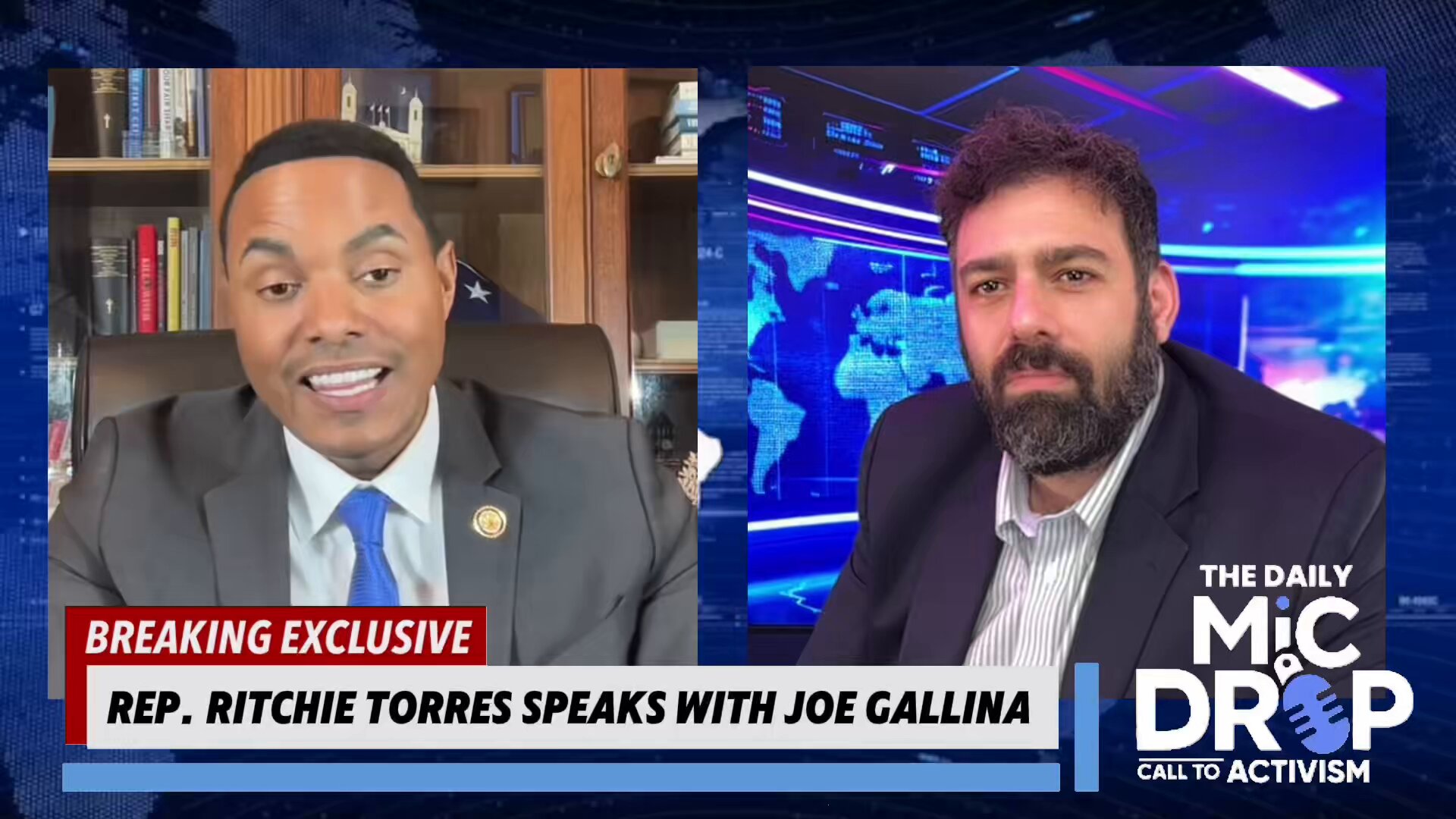Blogs
Step-by-Step Mic Drop Moment Planning Framework (Designed for Impact, Not Ego)

Here’s the truth we can’t deny: anyone can say something loud. And some people may actually start following the loud voice. However, very few say something that lands and lingers. That’s the difference between noise and a mic-drop moment. If you want your message to stick, to be quoted in headlines, shared across platforms, and remembered beyond the scroll, you need a process.
That’s where this Step-by-Step Mic Drop Moment Planning Framework comes in.
I’ve spent years crafting moments that shift conversations—interviews with lawmakers that ignite millions of views, statements that change the tone of an entire debate, and soundbites that even your opponents can’t ignore. But none of that happens by accident. It’s strategy, timing, and truth—all working together.
So, whether you’re a campaign spokesperson, activist, or someone who wants to sharpen your message before you go live, this framework is your roadmap to speaking in a way that moves people.
Step 1: Anchor in Truth
Your mic-drop moment has to start with something real. Not just a talking point. A truth—sharp, urgent, and undeniable. Before you script or record anything, ask yourself:
- What is the core truth I want people to feel?
- What’s not being said loudly enough—and why does it matter right now?
- What am I willing to stand behind publicly?
When I prepped for my interview with Rep. Jasmine Crockett—the one that drew over 5 million views—we didn’t focus on viral potential. I asked a simple question, and she responded honestly. That honesty echoed the voices of millions. That’s why people loved it. There was no clutter, just clarity. That became the center.
<blockquote class=”twitter-tweet”><p lang=”en” dir=”ltr”>Reporter: If you could speak directly to Elon Musk, what would you say?<br><br>Rep. Jasmine Crockett: Fuck off <a href=”https://t.co/A8Xzb7aevz”>pic.twitter.com/A8Xzb7aevz</a></p>— Acyn (@Acyn) <a href=”https://twitter.com/Acyn/status/1894446952374251950?ref_src=twsrc%5Etfw”>February 25, 2025</a></blockquote> <script async src=”https://platform.twitter.com/widgets.js” charset=”utf-8″></script>
Your moment should do the same. Because when your message is rooted in truth, everything that follows becomes stronger.
Step 2: Identify the Pressure Point
A mic-drop moment isn’t just a bold statement—it’s a strategic one. The best moments come when you hit the pressure point: the contradiction in your opponent’s argument, the thing nobody’s addressing, or the obvious injustice being normalized.
Ask:
- Where’s the hypocrisy?
- Where’s the tension?
- Where’s the silence I can break?
This is where the political strategist in me kicks in. Whether you’re confronting a bad policy, calling out disinformation, or correcting a public narrative, your goal is to reveal the crack in the system and hold it open for the world to see.
That’s what makes people stop scrolling. That’s what makes the media run the clip.
Step 3: Craft the Drop Line
This is your moment’s heartbeat. Your one line that delivers the blow with precision. It’s not about sounding smart—it’s about sounding certain.
Here’s how to build your drop line:
- Keep it short: One sentence. No more.
- Use plain language: The best lines use everyday words to describe extraordinary things.
- Add rhythm: If it flows, it echoes. Think about cadence—this matters in spoken form.
Example: “Democracy doesn’t defend itself. People do.” That line didn’t just trend—it traveled. Because it was clear, repeatable, and resonant.
In this Step-by-Step Mic Drop Moment Planning Framework, this line is your anchor. Everything else supports it.
Step 4: Build the Lead-In
Your drop line doesn’t work on its own. You need to build the moment around it. That means leading with tension, setting the context, and increasing emotional gravity until your message hits.
Use this structure:
- Start with a problem (“For too long, we’ve watched…”)
- Add pressure (“And while they’ve made excuses, people have lost…”)
- Then deliver the line (“But here’s the truth—”)
Think of it like snapping a rubber band. The longer the stretch, the sharper the snap.
Step 5: Control the Environment
The moment is only half the message—the other half is delivery. To make it land, you need to control the setting:
- Camera angle and eye contact: Speak to people, not at them.
- Lighting and audio: Don’t let technical glitches undermine the message.
- Silence: After you drop the line, pause. Let it hang. Let it breathe.
When we coach speakers for Mic Drop interviews, this part is non-negotiable. You’re not just giving a quote—you’re creating a moment that feels like a shift. And when it’s delivered right, it doesn’t just go viral—it rewrites the narrative.
Step 6: Prime the Channels
A mic-drop moment without an audience is a missed opportunity. Your message is only as strong as your distribution plan. Once you’ve recorded it:
- Clip the exact moment for short-form use (under 60 seconds for Reels, TikTok, X)
- Tease it with quote cards and teaser lines
- Send it to allies, media contacts, and newsletters before the general public
- Have a call-to-action ready—don’t just inform, mobilize
The best mic-drop moments don’t end with applause—they end with action.
The Mic Is a Tool
Mic-drop moments aren’t about ego. They’re not for showing off—they’re for showing up. In an age of disinformation, distraction, and endless content, clarity is revolutionary. If you’ve got something true to say, say it with precision, power, and purpose.
This Step-by-Step Mic Drop Moment Planning Framework isn’t about chasing virality—it’s about making your truth unforgettable.
When you speak with intent, your words don’t just echo—they leave a mark.
